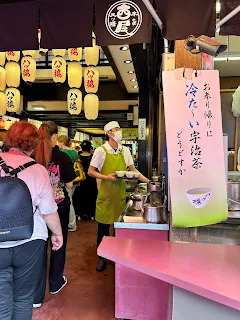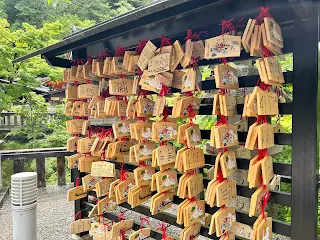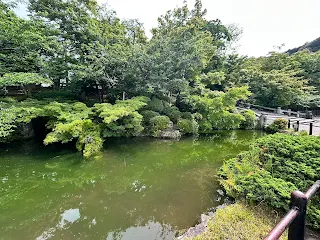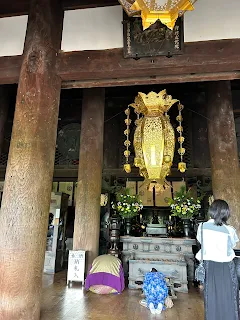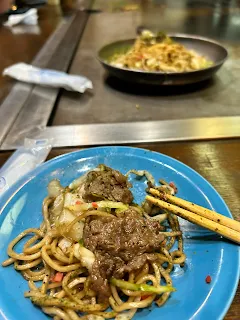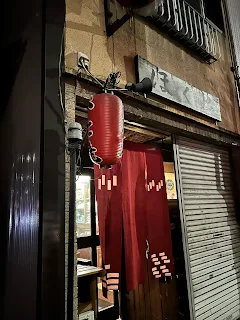First Blog Post: On the way to Japan Tokyo -Day 1
Second Blog Post : On the way to Japan - visiting Fuji-san
Third Blog Post: Tour to Mount Hakone and Ashi Lake
In the original blog post, I have written that Shintoism and Mahayana Buddhism are practiced equally in Japan. When I was writing about the concept of death in m blog, I was also very much taken with Tibetan Buddhism. I even saw a Tibetan temple like that in Tokyo. I believe the reason Japan, unlike South Korea, which has a Buddhist majority, hasn't embraced Christianity is the blending of Mahayana Buddhist customs and Shinto rituals.
In Shintoism, there are celebrations of joyful things like birthdays, and in Mahayana temples, there's a method for atonement (similar to Christian religions). Sins written on wooden tablets are later burned by monks while chanting pirith (Buddhist blessings). It's said that this removes the sins. Similarly, there are prayer flags and strips of cloth, like the wooden tablets, hung with various wishes.
We were told to come to Kyoto Station exactly at 8:00 AM. The bus departed exactly at 8:30 AM. The first temple we went to see was Kiyomizu-dera. Every temple is so picturesque that it's hard to decide which photos to publish. Along the way, there was a tea stall. This was built to worship the Bodhisattva Kannon. I think the worship of Bodhisattvas is another reason why Japanese people don't convert to other religions. You can tell Bodhisattvas, who are destined to become Buddhas in the future, things you wouldn't say or ask of the Buddha himself.
This is our tour guide showing a picture of the Bodhisattva.
The temple is located halfway up Mount Otowa, amidst the picturesque Higashiyama mountain range in Kyoto. It was originally heard of (founded) in 778 AD during the Nara period. Shogun Sakanoue (a figure like a general who ruled on behalf of the Emperor of Japan) built the main hall. Many of the later buildings were completed around 1633. Look closely at those pictures; the large hall is built entirely of wood, without a single nail. It hasn't fallen down even in any earthquake. You can see the wooden joints behind where I'm standing. Pure water is said to flow from the waterfall inside. 'Kiyomizu' means pure water. We both drank it, and nothing has happened yet.
Some pictures of the shops in the road leading to the temple.






This temple has an inverted bell, and it's said to be good luck if you strike it. So, I also gave it a strike with both hands joined.
The anecdote goes as follows: Bohr used to keep a horseshoe on the door of his house. In European (and Indian) superstitions, the horseshoe is believed to be an object that guards the house against the evil spirits. A friend, upon seeing the horseshoe on the door of Bohr's house, asked Bohr as to whether he subscribed to the relevant superstitions. Bohr replied that he didn't believe in them but he was told that the horseshoe works whether or not one believes in their power.



